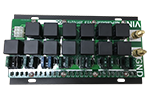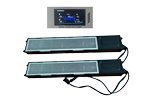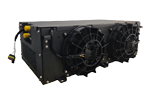
- home
- products
- Product categories
- NEWBASE devote to leading the vehicle climate control industry.
- See All products

1. Bus Air Conditioner Control

2. Mini bus,Truck,Van,Car Air Conditon Controller

3. Electric Air Condition Controller

4. Transport Refrigeration Unit Controller

5. Heating Valve

6. Motor AC Blend Door Actuator

7. Relay Board

8. Bus/Van/Car Air purfication unit
.png)
9. Elevator/Hotel room/Home use air purification unit

10. Transport Refrigeration Unit

11. Fresh Air Damper

12. Parking Air Conditioner

13. Battery Thermal Management System

14. Electric Bus Air Conditioner
- about
- news
- faq
- download
- contact

